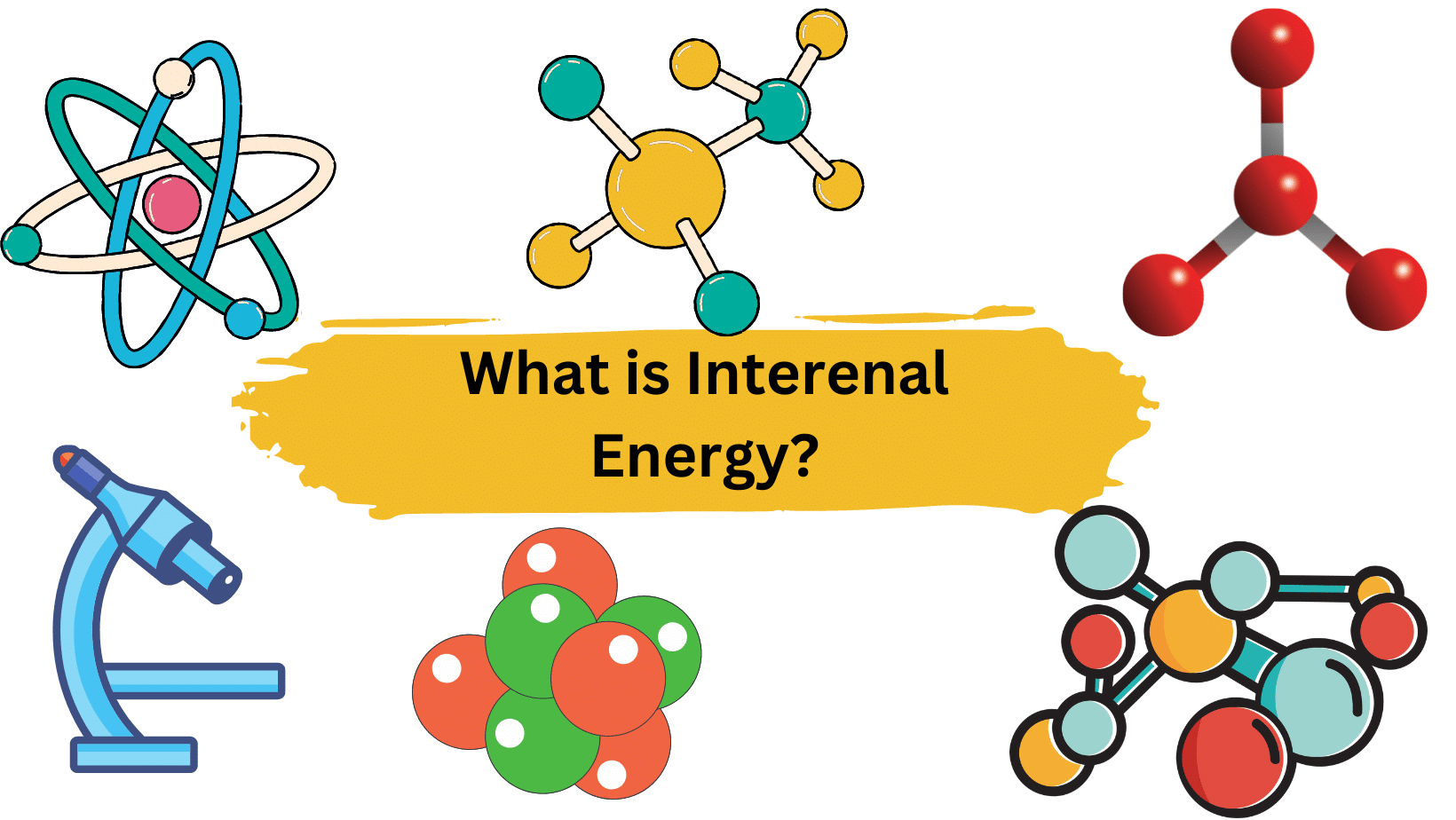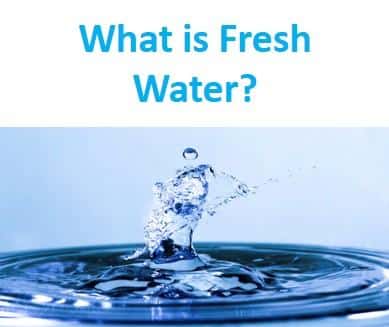Polar molecules are formed when the electronegativity of the bonded atoms differs. When electrons are shared equally between atoms in a diatomic molecule or when polar bonds in a larger molecule cancel each other out, nonpolar molecules form. Keep reading to know more about polar versus nonpolar molecules
Table of Contents
Examples
Examples of polar molecules include water, ammonia, sulfur dioxide, hydrogen sulfide, and ethanol.
Examples of nonpolar molecules include Helium, Neon, Argon, Krypton, and Xenon.
Frequently Asked Question
1. Is Sicl4 polar or nonpolar?
SiCl4 (silicon tetrachloride) is a nonpolar chemical. Because the four chemical bonds between silicon and chlorine are uniformly distributed, SiCl4 is non-polar. A polar covalent bond is a type of covalent link that is intermediate between pure covalent bonds and ionic bonds. When the difference in electronegativity between the anion and the cation is between 0.4 and 1.7, such bonds occur.
Check the full article “Is SiCl4 polar or nonpolar?”.
2. Is BF3 Polar or Nonpolar?
BF3 is a non-polar compound. In BF3, the central boron atom has sp2 hybridised orbitals, resulting in an unfilled p orbital on the Bron atom and trigonal planar molecular geometry. Because the Boron-Fluorine bonds are all 120 degrees apart, any net dipole in that plane is canceled out. Even if each B-F bond is polar, the net dipole moment is zero because adding the bond vectors cancels everything out.
Check the full article “Is BF3 polar or nonpolar?”.
Related Topics
How many electrons does Helium have?
H2S Polar Or Nonpolar| Easy Explanation
Is Nh3 Polar?
Co2 Polar or Nonpolar
SO2 Polar or Nonpolar
Is HCl Polar or Nonpolar?
Is O2 Polar or Nonpolar?| Easy Explanation
- BCl3 Lewis Structure in four simple steps - November 1, 2023
- PH3 Lewis Structure in four simple steps - October 8, 2023
- PF3 Lewis structure in four simple steps - September 24, 2023



